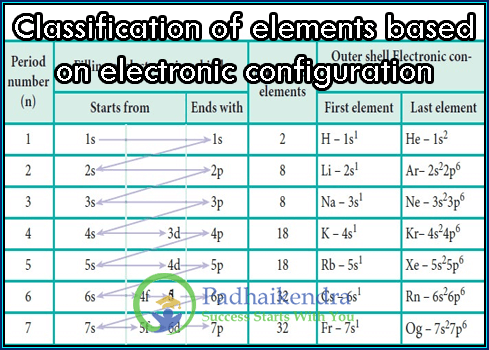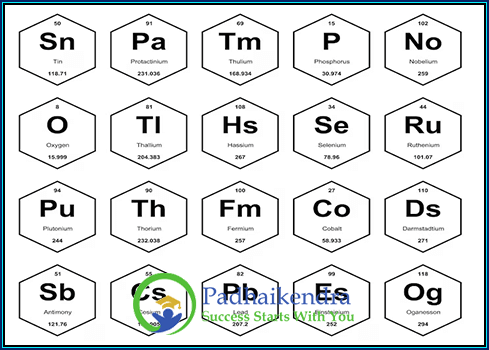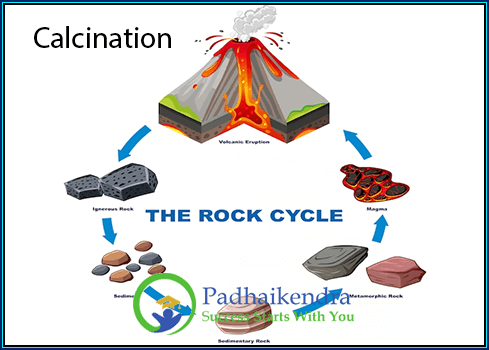Classification of elements based on electronic configuration
The classification of elements based on electronic configuration is a modern approach to periodic classification. It is based on the concept that the properties of an element are determined by the arrangement of electrons in its atoms.
In this classification, the elements are arranged in the increasing order of their atomic number (number of protons in the nucleus). The elements with the same number of valence electrons (outermost electrons involved in chemical bonding) are placed in the same group.
The modern periodic table has 7 periods and 18 groups. The elements in the same group have the same valence electron configuration and therefore have similar chemical and physical properties. The elements in the same period have the same number of energy shells.
- The first two groups (group 1 and group 2) are called the s-block elements. They have valence electrons in the s orbital.
- The next six groups (group 3 to group 8) are called the p-block elements. They have valence electrons in the p orbital.
- The 10 groups from group 3 to group 12 (excluding group 11) are called the d-block elements or transition metals. They have valence electrons in the d orbital.
- The last two groups (group 13 to group 18) are called the f-block elements or inner transition metals. They have valence electrons in the f orbital.
This classification based on electronic configuration allows chemists to predict the properties of elements based on their position in the periodic table, and to understand the trends and patterns in the properties of elements. It also allows for the prediction of chemical reactions and the behavior of compounds.





